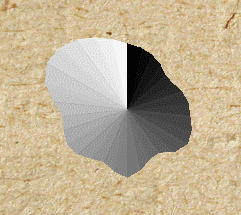As a part of ongoing polish work I wanted to animate bugs' death somehow. Here's how it looked like recently:
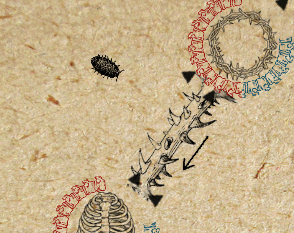
It just disappears. Not very cool!I just got an idea how I want it to look like and I implemented it this weekend.
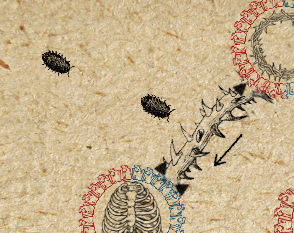
The effect actually consists of 4 parts:1. A dying insect breaks down into a few parts.2. There's a simple particle effect on top. 3. A stain is created underneath. It is animated, so it "spills" from the insect.4. The dead parts attract other small insects, which feed on such carcasses.
The 4th part needs a little bit more work, but I'm quite satisfied how it all turned out.
The stain below a dying insect is barely visible, but I had a lot of fun putting it together.

Here's a breakdown of the stain effect:1. A stain is actually a triangle fan. I start with a fan of 30 triangles and radius=1. The positioning and scaling are done in the vertex shader. Scale is animated, so the fan appears small and then grows a little (I colored triangles with different shades of grey, hope they're noticeable).
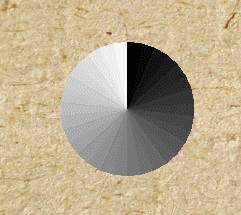
2. I needed to deform it somehow. So I made a simple, tileable 256x256 noise texture in GIMP (there's a checkbox in the noise rendering filter to make it tileable):

Then, every stain picks randomly one row of pixels from this image. I read the pixel's color value in the vertex shader (before applying scale) and deform the vertex' position using this value. It was pretty good, but I wanted the circle to deform gradually - so I multiply the noise color value by a displacement factor (which is animated from 0 to 1). So:

+

=
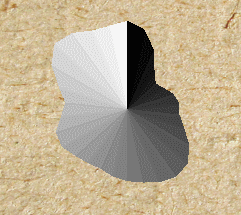
Note that there is no jagged edge between the first and last triangle (black and white ones). That's why I generated a tileable noise texture.
3. Then I just added a texture in the fragment shader and voilà!
